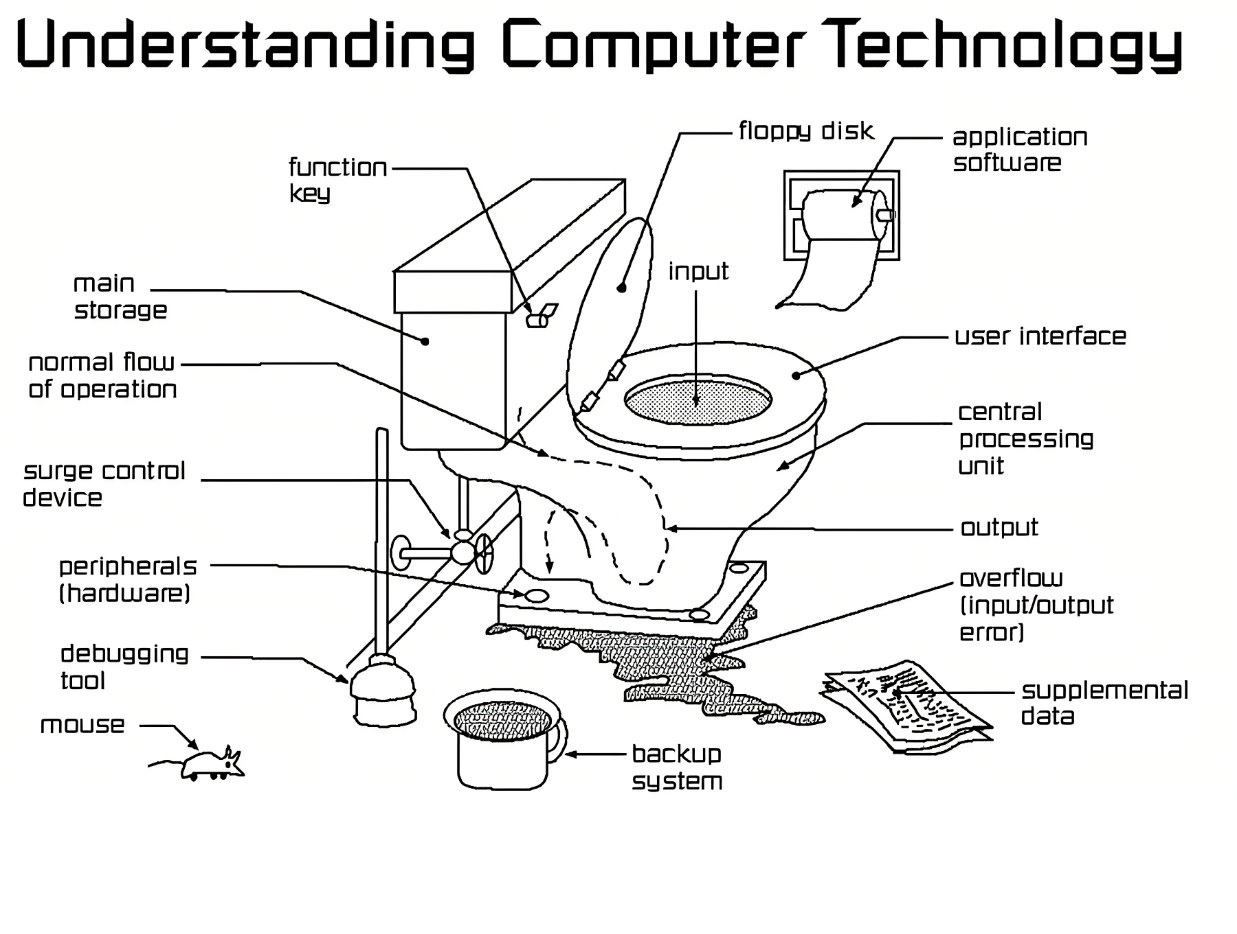
-
Know the difference between hardware and software
A key difference between hardware and software is that hardware can be touched physically. Right now, you're using your mouse or keyboard to scroll the page, and your monitor is showing you the information. These are hardware. However, software is what cannot be physically touched, the programs currently loaded into your memory, your operating system, for example.
-
Know about input devices
Input devices are used to enter information into a computer. This information could be instructions to move the cursor of the mouse, or could be an image. Whatever the input device, it gives the computer some type of information.
-
Know the main output devices
Output is how the computer responds to what the user (you) does to it. For example, when you move the mouse, the cursor on the screen moves in response to that movement. When you press the space bar in notepad, the cursor moves according to how many times you pressed it.
-
Learn Internal Bus Devices
In general, internal bus controllers control the specific output devices, internet access, and, on most older systems, specific input devices. Other types of internal bus devices might control disk drives, such as IDE or Serial ATA, Floppy, etc.
-
Learn the External Bus Devices
For example, USB - Universal Serial Bus.
-
Learn the internal and removable storage devices
You need to know the difference between IDE and Serial ATA drives and floppy drives, you need to know which drives will go in each, what the cables look like, which types of drives should be master and slave, etc.
-
Learn about motherboard hardware
CPU - Central Processing Unit